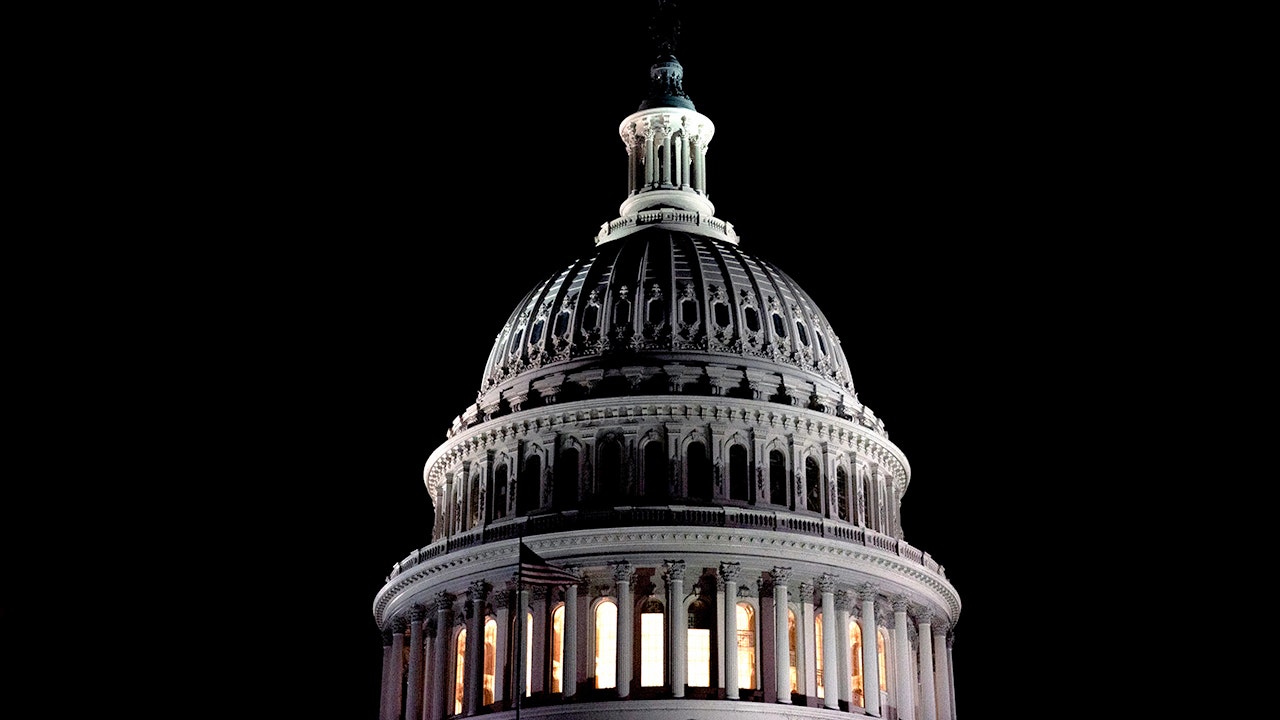The Iowa Hawkeyes added another tight end target to their list of 2024 prospects. Abdul Hodge and Iowa offered Timmy Lawson out of Bishop Verot High School in Fort Myers, Fla.
A consensus three-star recruit across 247Sports, Rivals and On3, Lawson is a 6-foot-5, 220 pound tight end from Florida. Per MaxPreps, Lawson reeled in 32 grabs for 469 yards and one touchdown in 10 games. Lawson is a two-time first-team Class 2S All-State selection.
On3 rates Lawson as the nation’s No. 43 tight end and as the No. 120 player from the state of Florida in the class of 2024. Meanwhile, 247Sports ranks Lawson as the No. 59 tight end and as the No. 141 player from Florida.
In the 247Sports composite rankings, Lawson checks in as the country’s No. 877 player overall, as the No. 39 tight end and as the No. 123 player from Florida.
In addition to Iowa, Lawson has a bevy of notable Power 5 offers. Schools such as Arkansas, Baylor, Cincinnati, Georgia Tech, Illinois, Indiana, Louisville, Mississippi State, North Carolina, Purdue, Pittsburgh, Rutgers, TCU, Texas A&M, UCF and Virginia Tech.
Lawson joins Eric Karner as a recent tight end offer in the 2024 class for the Hawkeyes. Currently, Iowa is without a tight end commit in 2024. The Hawkeyes’ 2024 class is currently comprised of 11 commits and is ranked No. 17 nationally by 247Sports.
Meanwhile, in the 2023 class, Iowa brought in a pair of tight ends. The Hawkeyes signed Grant Leeper out of Fort Wayne, Ind., and Zach Ortwerth from Saint Louis, Mo.
Here’s a look at Lawson’s impressive junior season Hudl tape with Bishop Verot. Plus, his full recruiting profile is below.
[affiliatewidget_smgtolocal]
Timmy Lawson’s Recruiting Profile
| Stars | Overall | State | Position | |
| 247 | 3 | N/A | 141 | 59 |
| Rivals | 3 | N/A | N/A | N/A |
| ESPN | N/A | N/A | N/A | N/A |
| On3 Recruiting | 3 | N/A | 120 | 43 |
| 247 Composite | 3 | 877 | 123 | 39 |
Vitals
| Hometown | Fort Myers, Fla. |
| Projected Position | TE |
| Height | 6-5 |
| Weight | 220 |
| Class | 2024 |
Offers
- Iowa
- Duke
- North Carolina
- Purdue
- TCU
- Arkansas
- Baylor
- Cincinnati
- Coastal Carolina
- Georgia Tech
- Illinois
- Indiana
- Louisville
- Mississippi State
- Pittsburgh
- Rutgers
- Texas A&M
- UCF
- Virginia Tech




























/cdn.vox-cdn.com/uploads/chorus_asset/file/25782636/247422_ChatGPT_anniversary_CVirginia.jpg)
/cdn.vox-cdn.com/uploads/chorus_asset/file/25789444/1258459915.jpg)

/cdn.vox-cdn.com/uploads/chorus_asset/file/25546252/STK169_Mark_Zuckerburg_CVIRGINIA_D.jpg)


/cdn.vox-cdn.com/uploads/chorus_asset/file/23951353/STK043_VRG_Illo_N_Barclay_3_Meta.jpg)